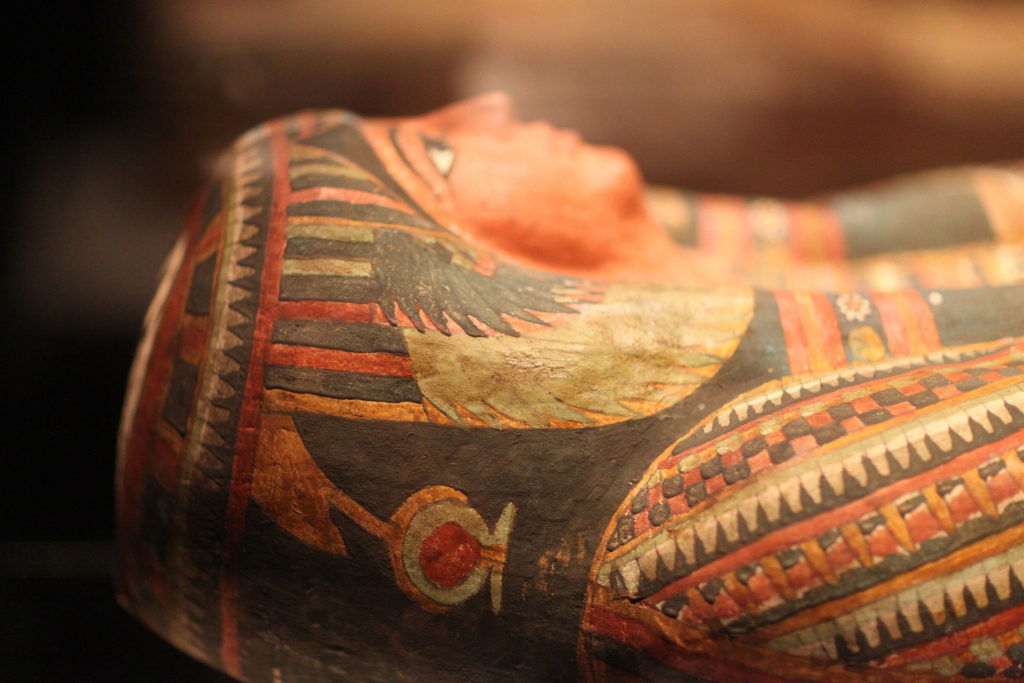A group of Egyptian archeologists has unveiled an impressive ‘cache’ of ancient Egyptian sarcophagi containing mummies dating back to burials from over 3,000 years ago.
Thirty coffins were discovered in Valley of the Kings in Egypt’s ancient city of Luxor on the Nile River‘s east bank. According to Egyptian authorities, this sizeable cache of coffins, which is already rumoured to be the biggest discovery in over a century, is the first entirely Egyptian-led archaeological find.

Image: Unsplash
Archaeologists opened one sarcophagus containing a man outside of the Mortuary Temple of Hatshepsut in Luxor on Saturday 19 October. Attending the unveiling was Zahi Hawass, an Egyptian archaeologist and former Minister of State for Antiquities Affairs, who told the media that he believes this is ‘the most important discovery’.
According to the archaeologist, 12 of the 30 coffins were discovered on top of another 18, and the mummies inside the sarcophagi revealed the bodies of 23 men, five women and two children.
‘The cache was found as the ancient Egyptians lived exactly,’ Hawass told a CNN news anchor, and expressed that the well-preserved wooden sarcophagi dating back millennia reveal a lot about ancient Egyptian customs and culture.
Hawass commented on the craftsmanship and quality of the colours used on the coffins and scenes depicting ancient acts of supplication to deities, as well as references to the Egyptian Book of the Dead, which was an advisory text for funerary arrangements in Ancient Egypt.
According to the BBC, the 30 coffins will be on display at the new Grand Egyptian Museum, which is still under construction in Giza.
Also read:
Cruising the Nile by felucca
You may also like
Related Posts
China’s National Health Commission has published a list of controversial coronavirus treatments that have animal...
read more
Warmer sea temperatures in the summer months, especially in February, were recorded and are believed...
read more
The latest report indexing the world's happiest countries has highlighted the important role of...
read more